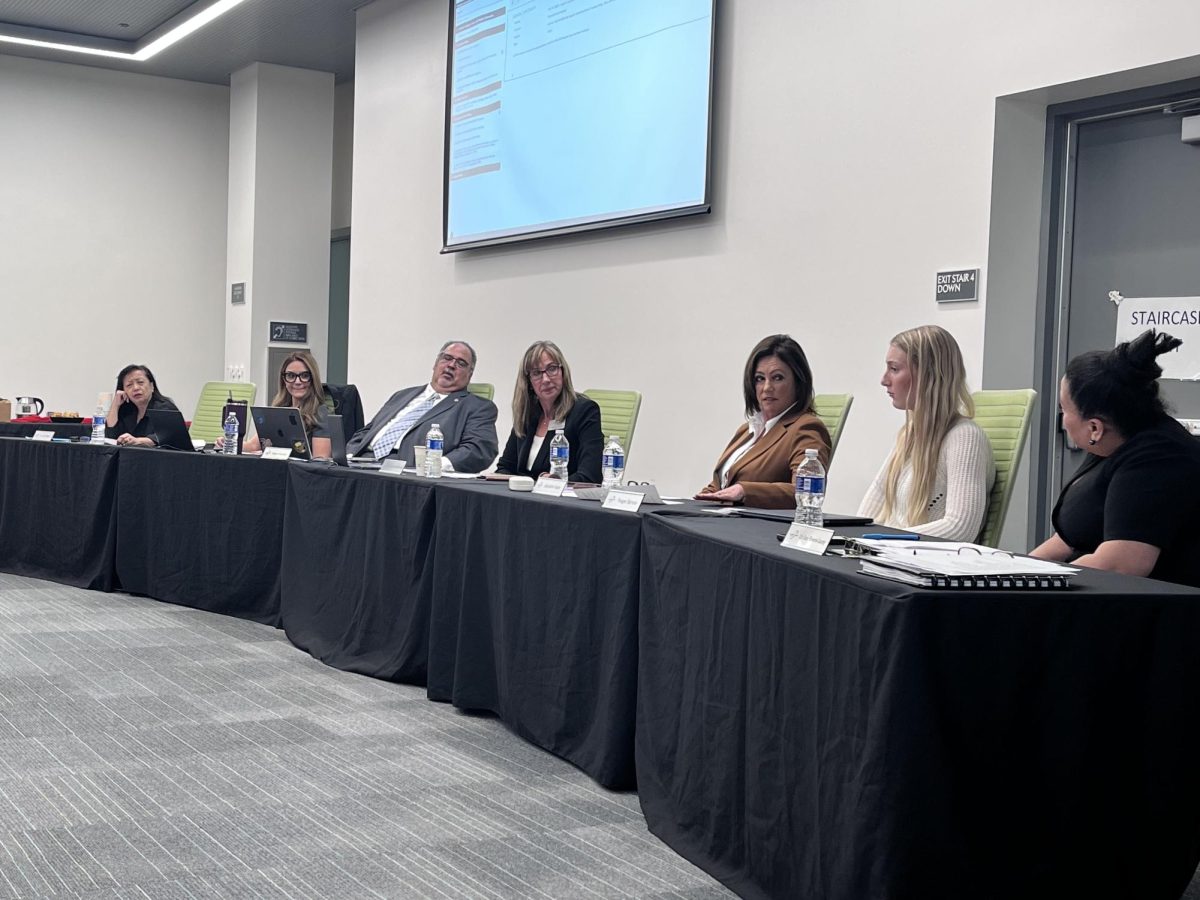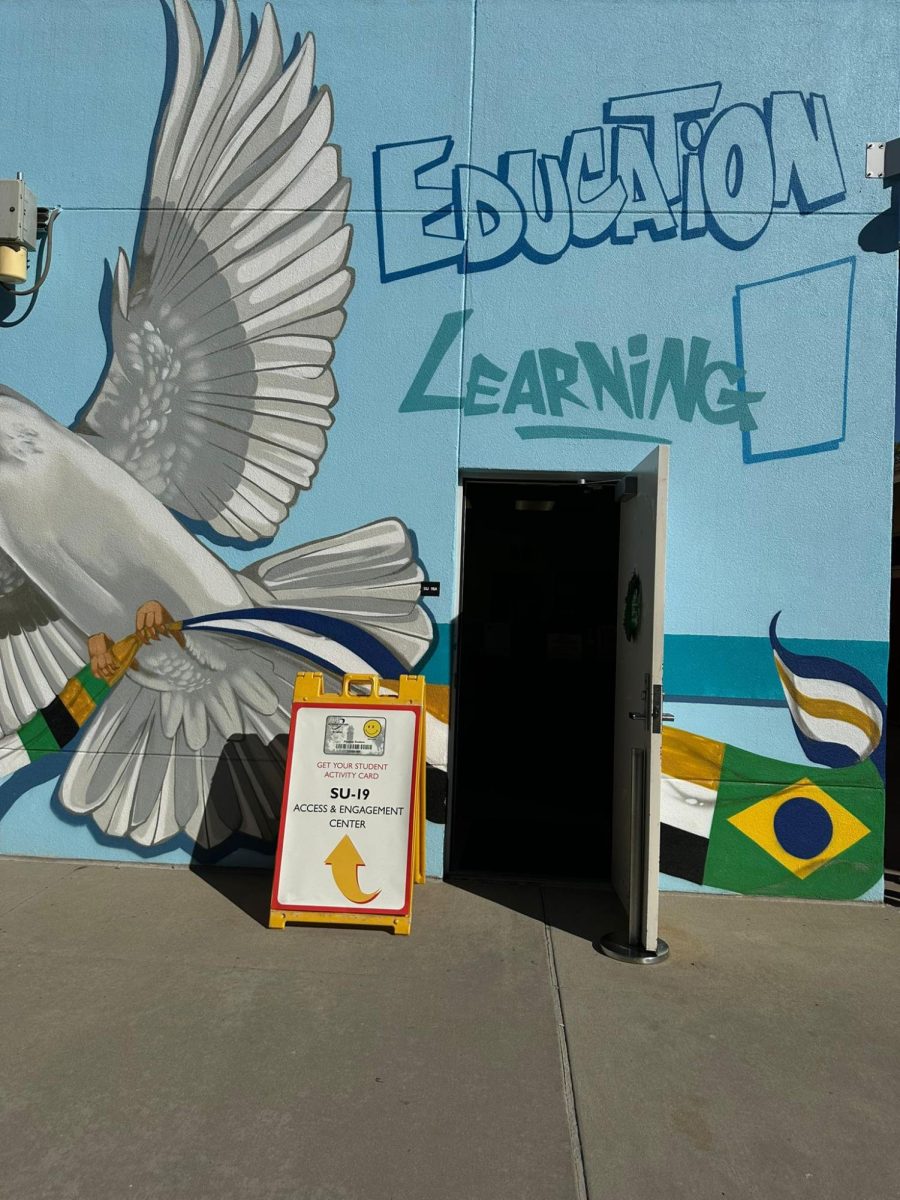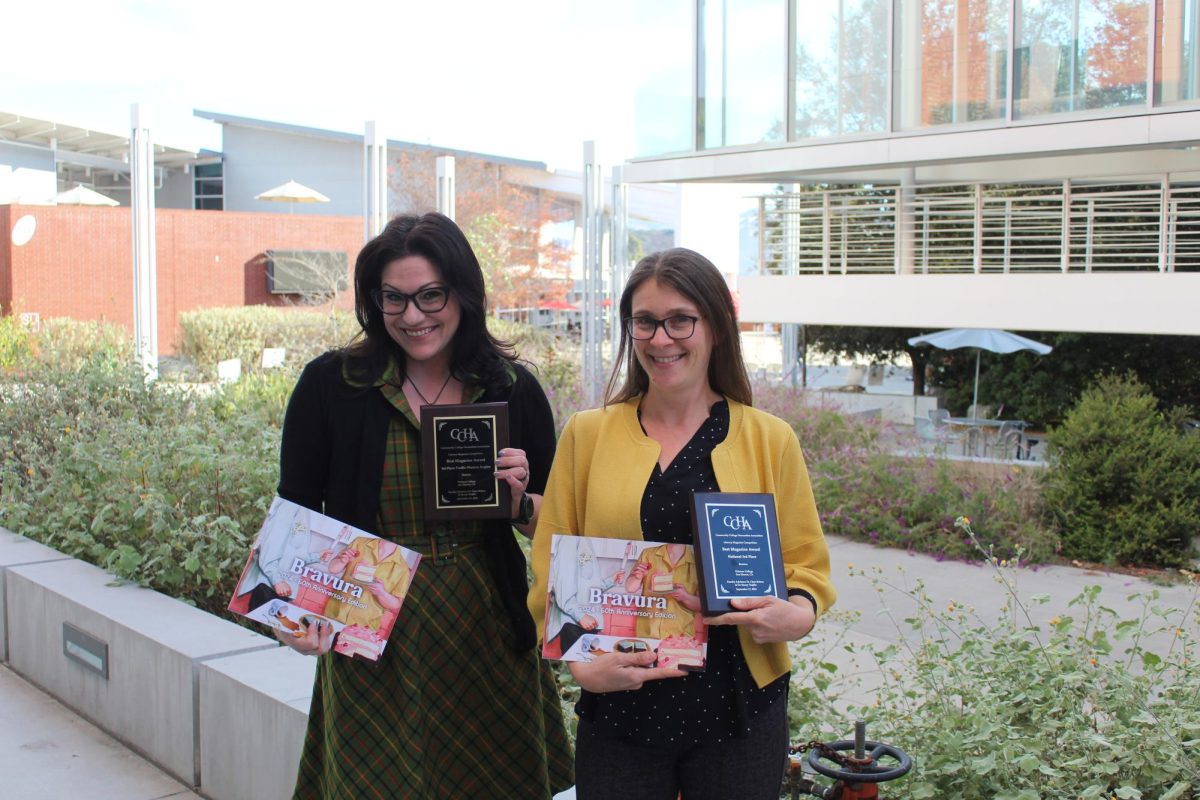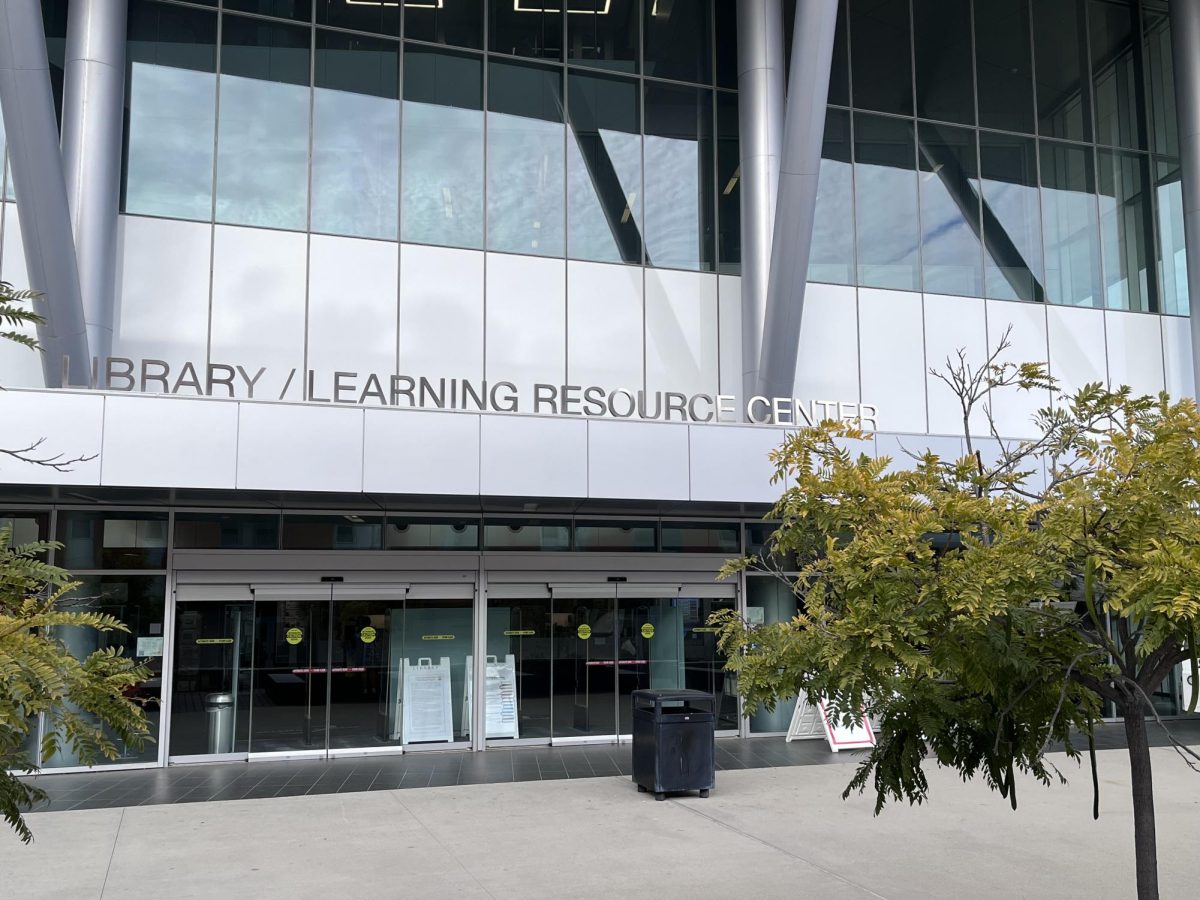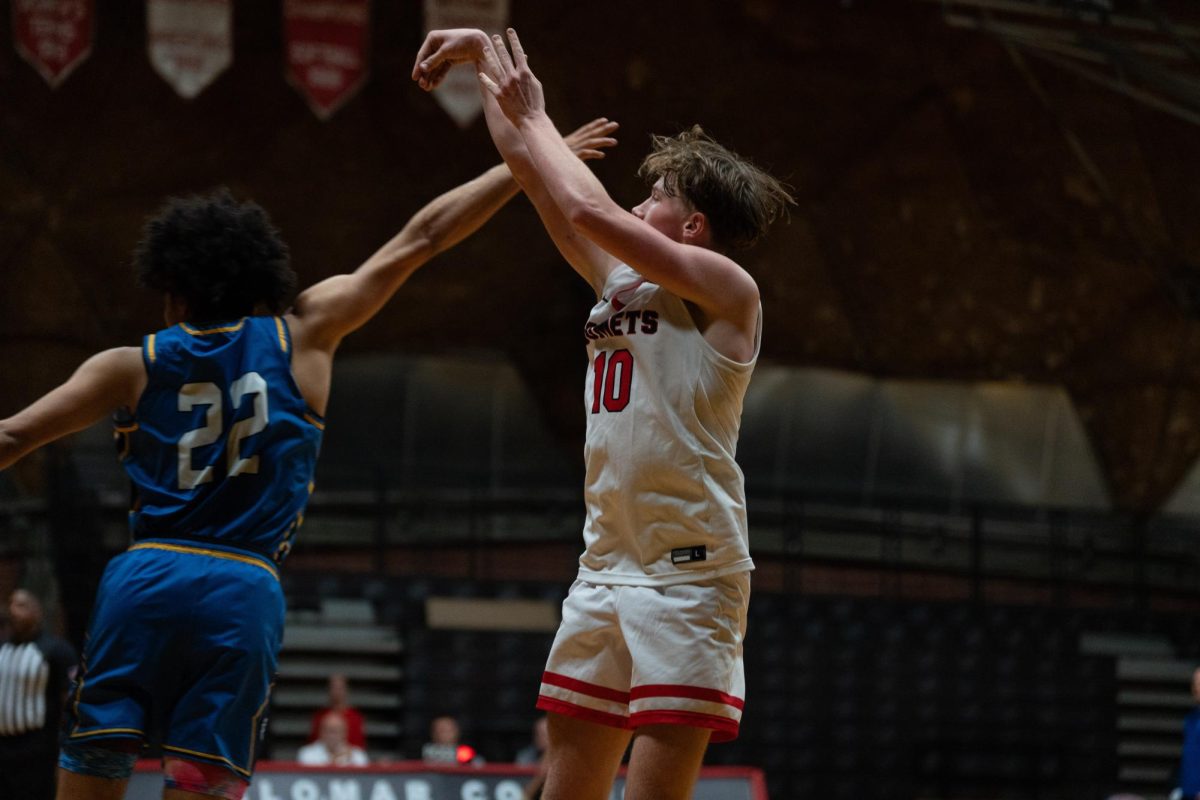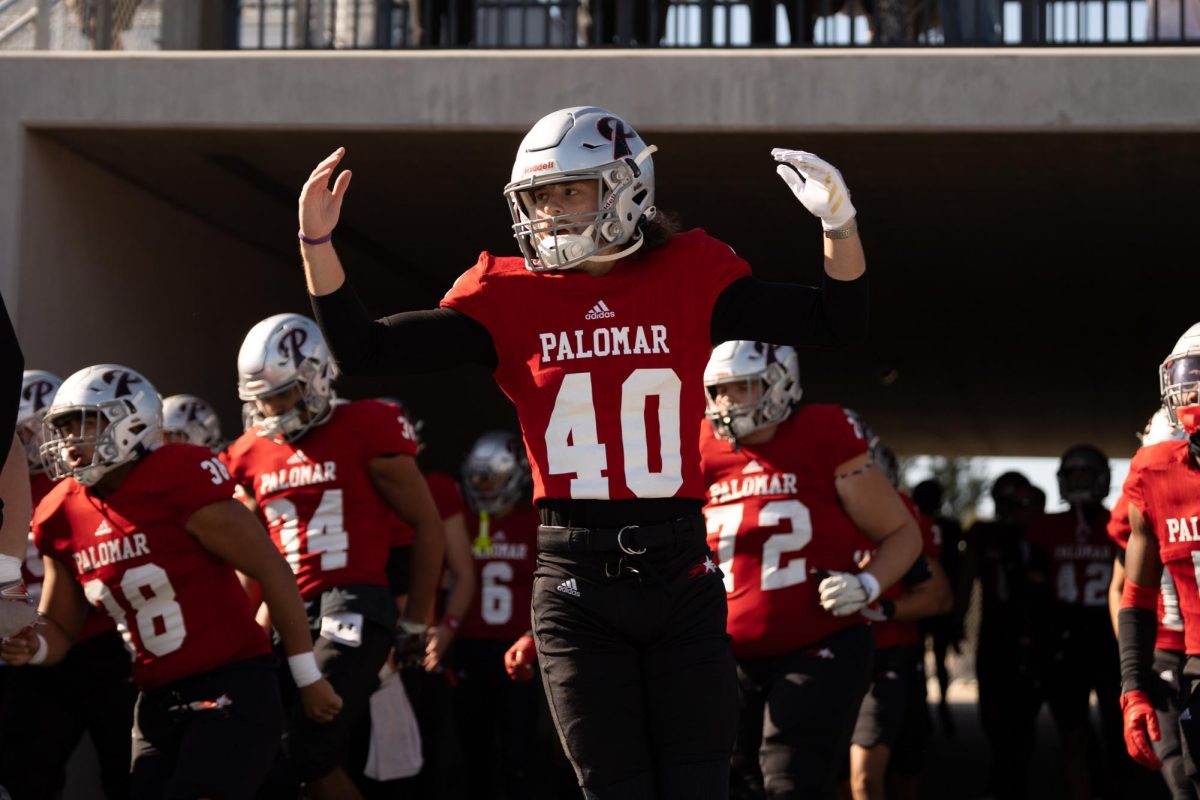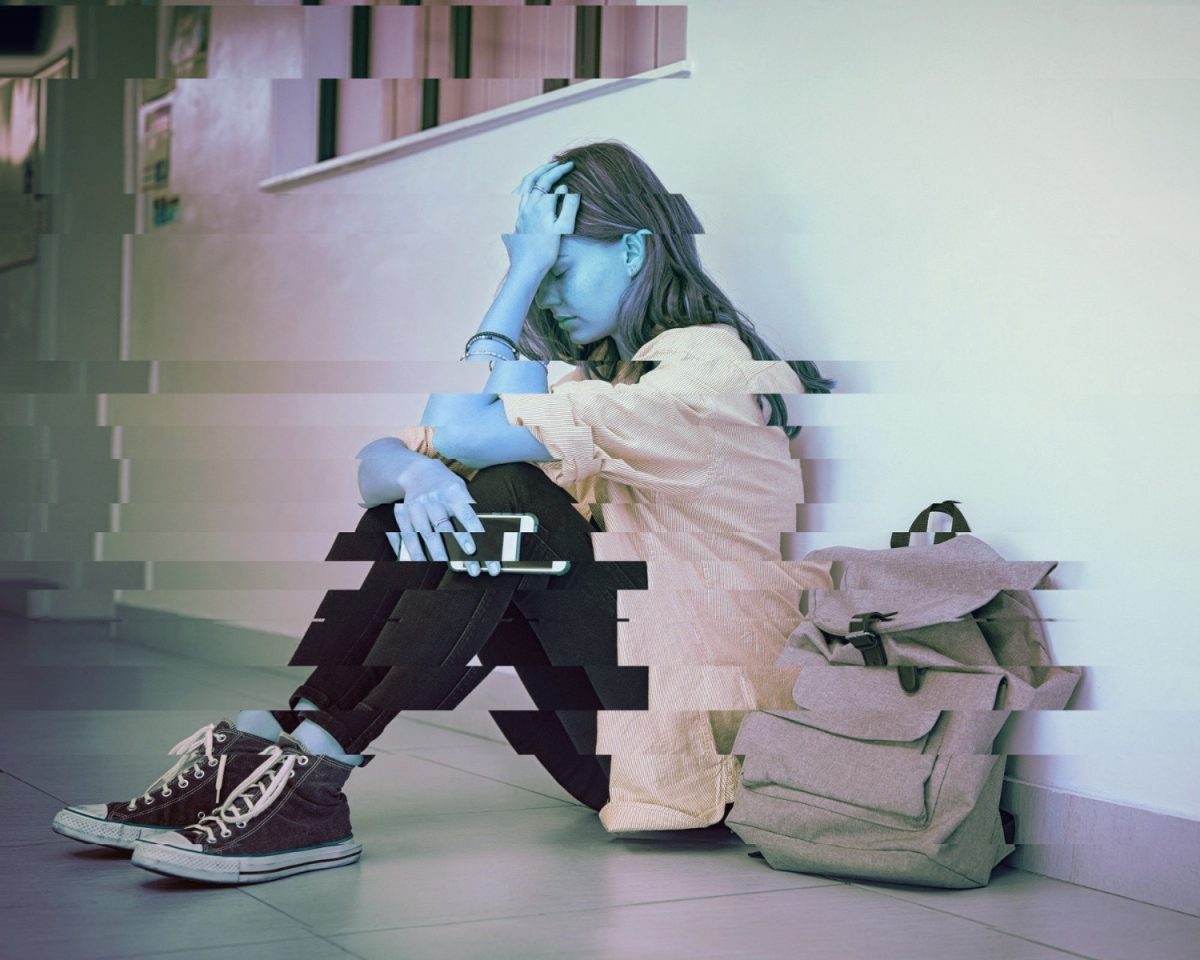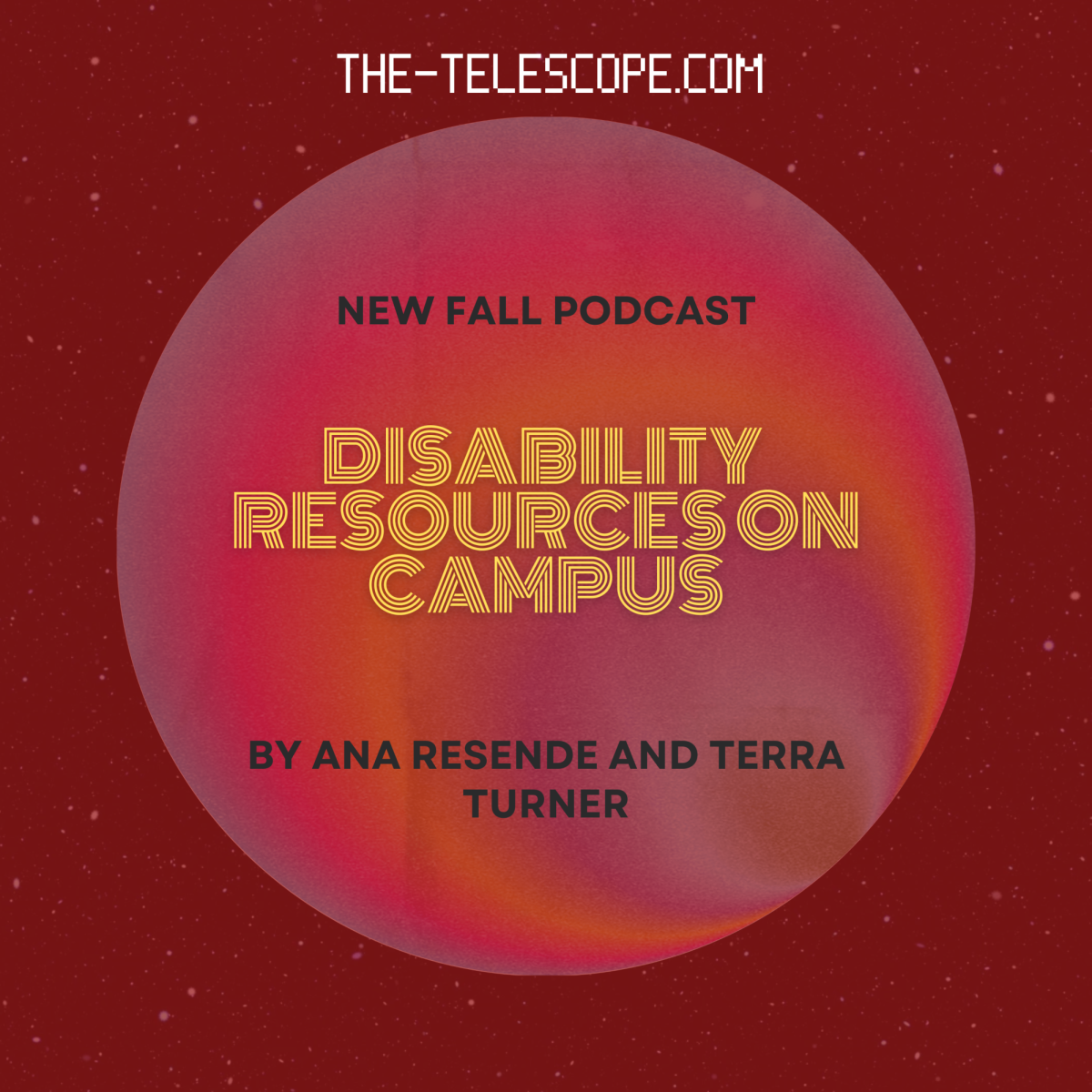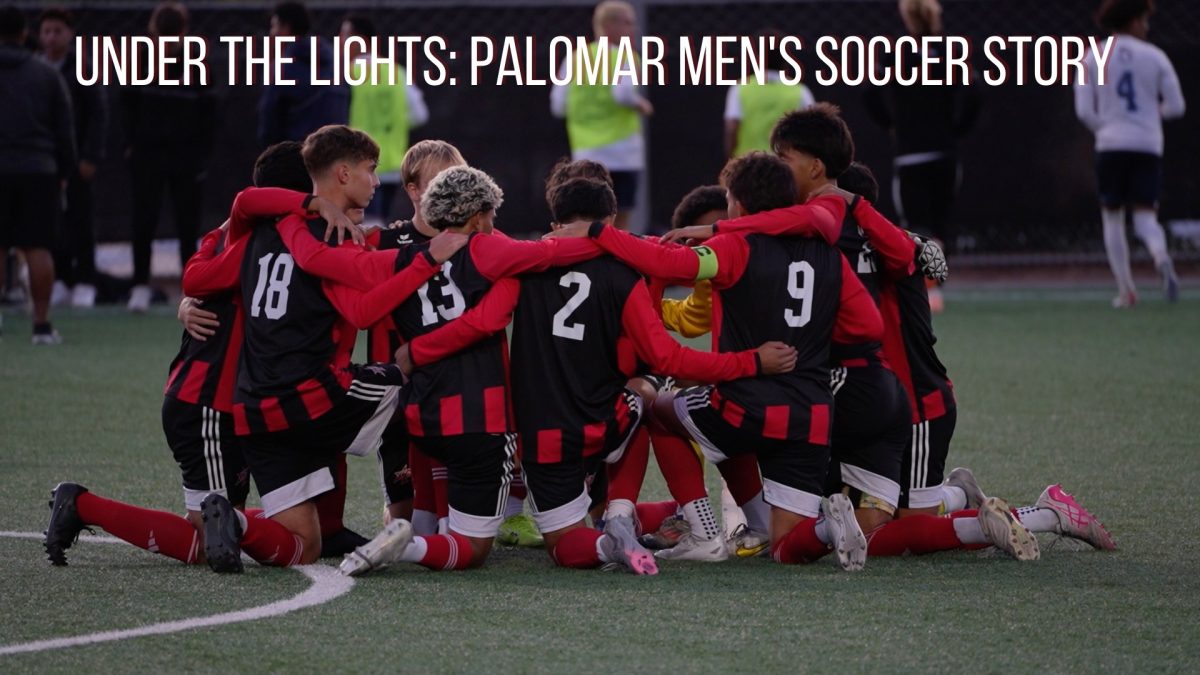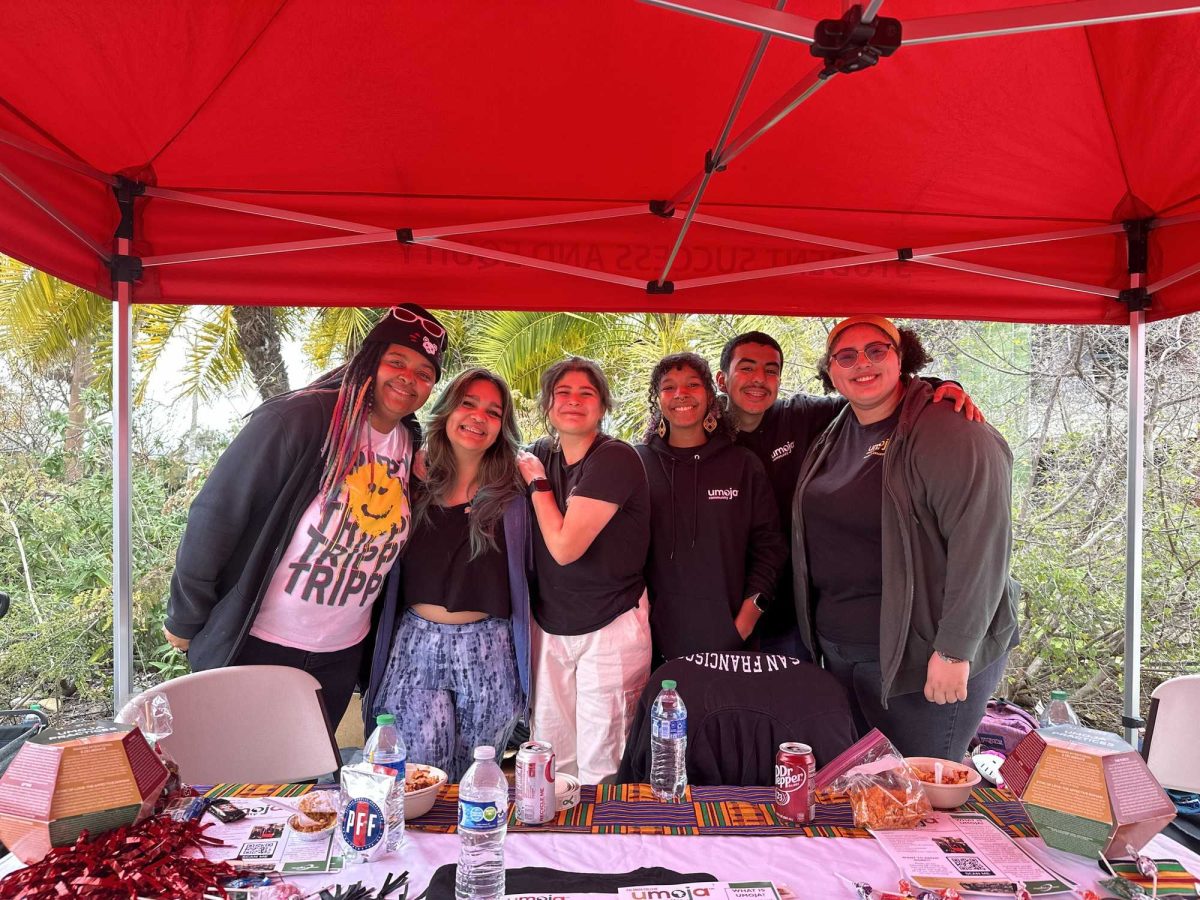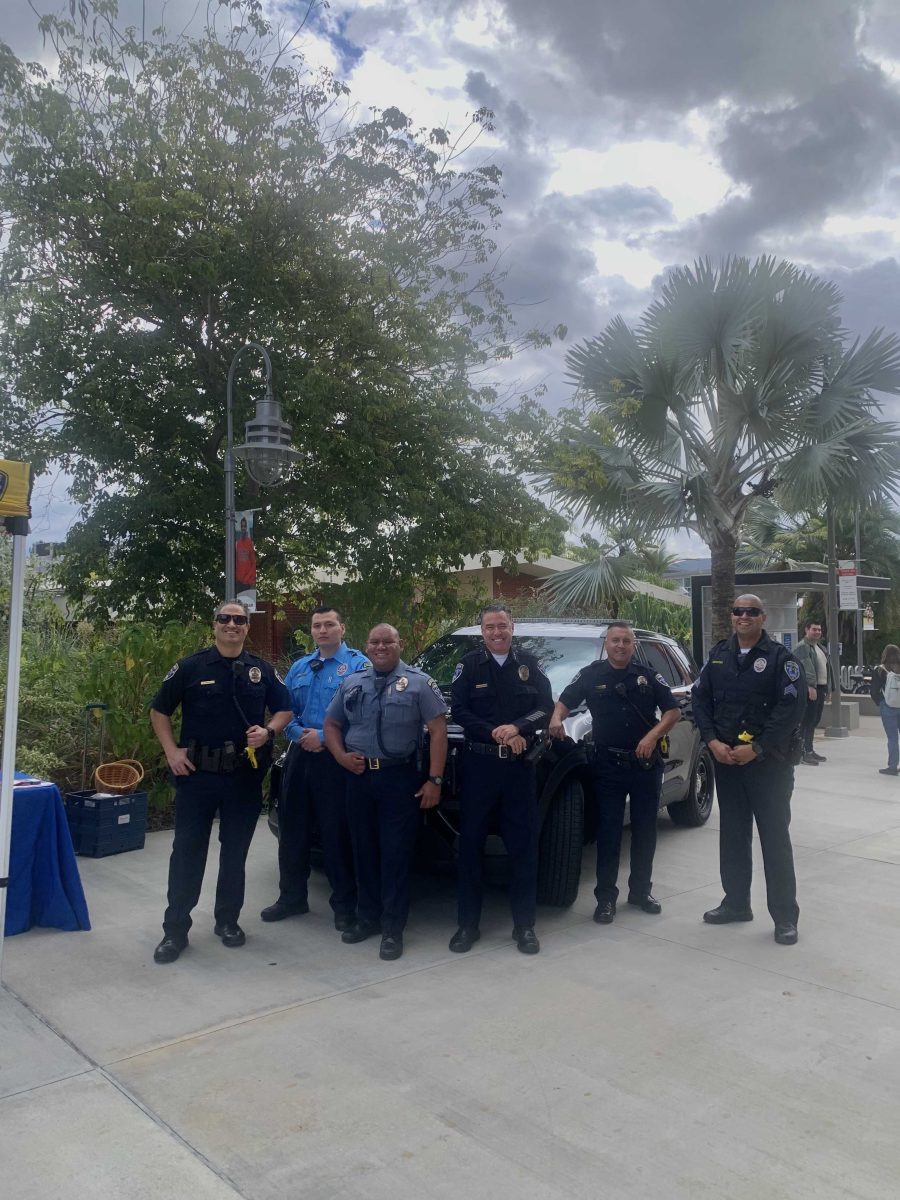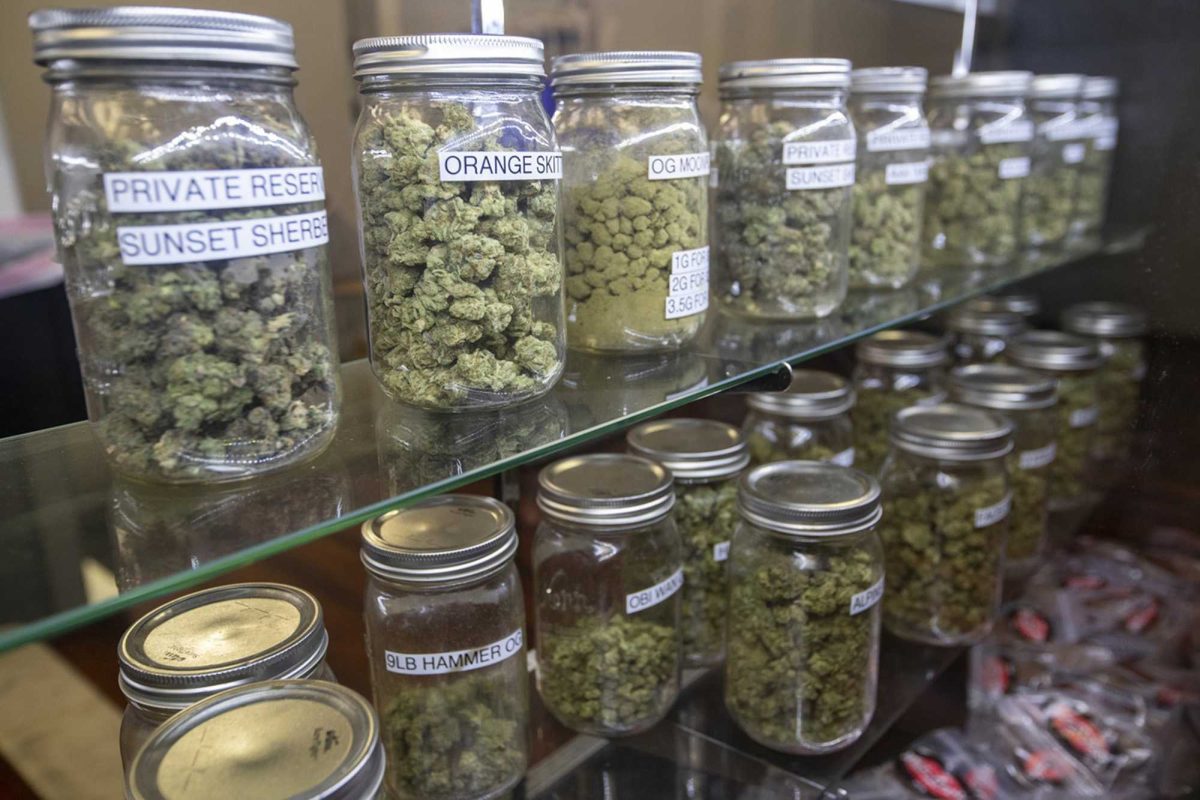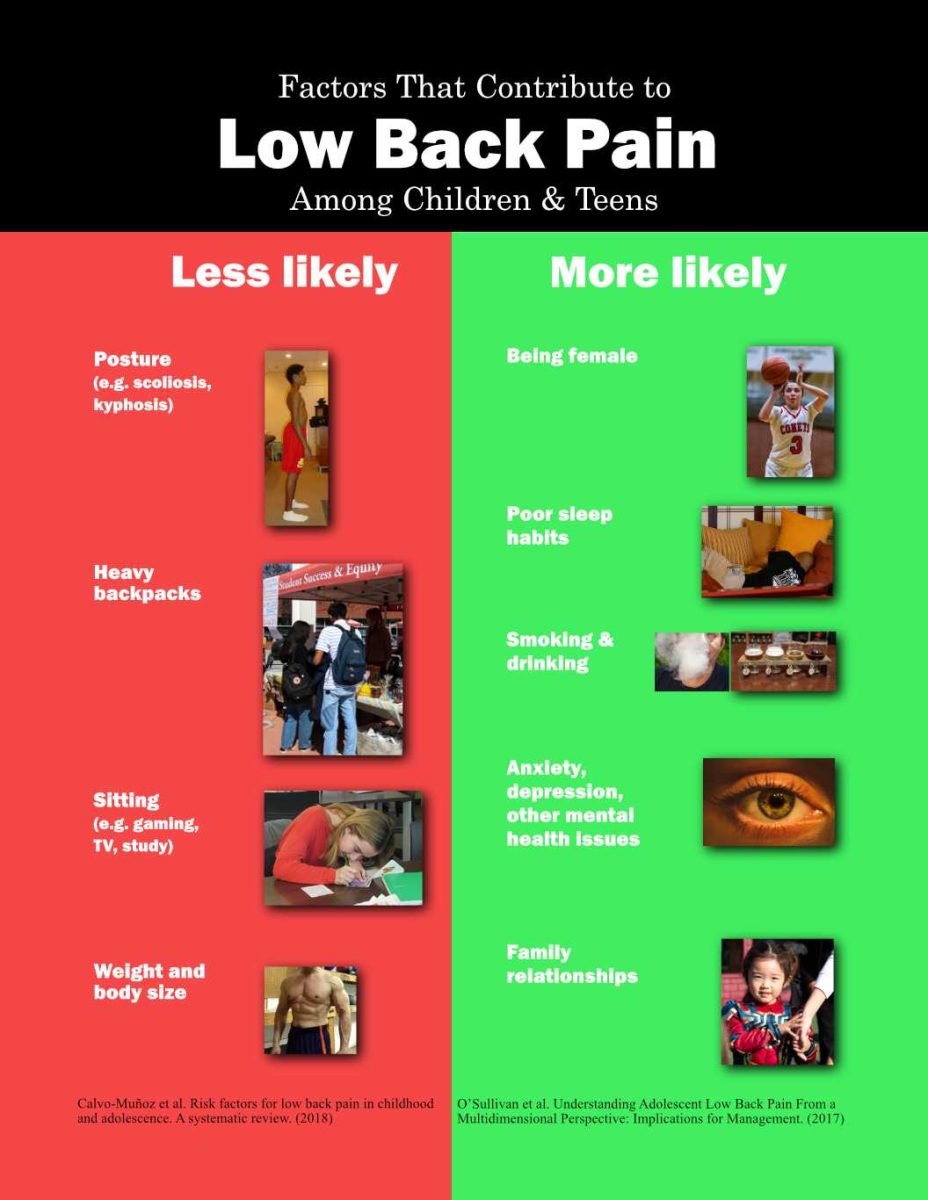An estimated one-fifth of the global population have an underlying health condition that puts them in the group the CDC defines as “at increased risk for severe illness” from COVID-19. What is it like to be one of the 1.7 billion people in this category?
Many immunocompromised cancer patients were already familiar with COVID-19 precautions. Over email, Amy Schneider, nurse and cancer survivorship case manager at Rady Children’s Hospital-San Diego, said life didn’t significantly change for patients who were on chemotherapy because they were already isolated due to their illness.
“But for kids who were off treatment or on maintenance chemotherapy, it has been rough having to return to the sort of isolation they experienced while on treatment,” Schneider said. “We have seen a spike in mental health issues across the board, just as they have in the general population.”
Another thing that changed for high risk patients was the sudden lack of support due to isolation. Some of My Best Friends Are Bald (SOMBFAB), a support group for teenagers with cancer, had to find a way to adjust to the pandemic.
Schneider facilitates SOMBFAB once a month and said that, though they work hard to keep the fun going, moving online has caused attendance to fall.
“It’s hard to expect a young person to jump into Zoom for one extra thing given what they have had to do over this past year,” Schneider said.
Juliana Torres, 19, also had activities in her hospital stop because of the pandemic. She was diagnosed with Ewing’s sarcoma, a kind of bone cancer, in 2015. Her treatments affected her lungs and left her with side-effects that turned into chronic illnesses.
When asked how it felt to learn she was in the high risk category she said, “It really frightened me…just the thought of catching anything, least of all such a serious and novel virus that could potentially kill me, really scared me and made me take extra caution from the beginning.”
Many patients like Torres also had non-urgent treatments and scans moved back because of the pandemic. A 2020 study found that out of 356 centers around the world over half reduced their services as a precautionary measure.
“I’ve had my scans postponed twice in the past year which doesn’t seem like much, but when your future pretty much depends on those scan results, it’s a lot to deal with and it has caused a lot of unnecessary anxiety,” she said.
However, many don’t understand the fears of those at high risk and ignore CDC guidelines.
“I have seen people call us ‘expendable’ and that we should just stay home while they go on with their lives as if we don’t matter too, as if we don’t deserve to live a normal life,” Torres said.
As we begin to see glimpses of normality it is vital that people continue to follow CDC guidelines, if not for themselves then for the people who cannot afford to do otherwise.
When asked what she would say to people who don’t take the coronavirus seriously Torres said, “…to have some empathy and compassion and to think of others wellbeing, as it could just as easily be them in our place.”

